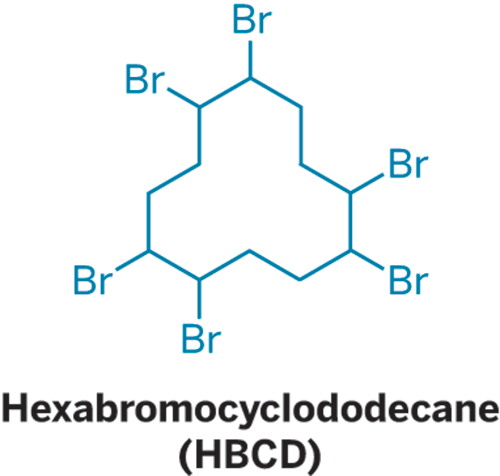Advertisement
Grab your lab coat. Let's get started
Welcome!
Welcome!
Create an account below to get 6 C&EN articles per month, receive newsletters and more - all free.
It seems this is your first time logging in online. Please enter the following information to continue.
As an ACS member you automatically get access to this site. All we need is few more details to create your reading experience.
Not you? Sign in with a different account.
Not you? Sign in with a different account.
ERROR 1
ERROR 1
ERROR 2
ERROR 2
ERROR 2
ERROR 2
ERROR 2
Password and Confirm password must match.
If you have an ACS member number, please enter it here so we can link this account to your membership. (optional)
ERROR 2
ACS values your privacy. By submitting your information, you are gaining access to C&EN and subscribing to our weekly newsletter. We use the information you provide to make your reading experience better, and we will never sell your data to third party members.
Environment
Clampdown Proposed for Perfluorinated Chemicals
EPA says some fluoropolymers can break down into toxic substances
by Cheryl Hogue
March 10, 2006
EPA is proposing to tighten regulation of fluoropolymers that could break down into toxic perfluoroalkyl carboxylates, such as perfluorooctanoic acid (PFOA), and perfluoroalkyl sulfonates, including perfluorooctanyl sulfonate (PFOS).
The action would affect an estimated 120 fluorochemicals used to impart stain and soil protection, resistance to oil and water, and reduced flammability. These compounds are widely used in carpets and as coatings on paper and fabrics.
Since 1995, under the general exemption given to polymer products, EPA has allowed chemical companies to produce new types of fluoropolymers without submitting premanufacture notices to the agency for review. Premanufacture notices are required for most other commercial chemicals before they enter the marketplace. But fluoropolymer makers may instead inform EPA that their new product is exempt from the premanufacture notice requirement.
Under a rule proposed on March 7, the agency would eliminate the exemption and require premanufacture notices for existing and future production of specific kinds of fluoropolymers.
The proposal affects polymers that, as an integral part of their composition:
- contain perfluoroalkyl sulfonates such as the PFOS-based ingredients that 3M phased out of its Scotchgard products;
- contain perfluoroalkyl carboxylates;
- are fluorotelomers, which are fluorinated alcohols; or
- have perfluoroalkyl moieties that are covalently bound to either a carbon or a sulfur atom.
EPA said it proposed the change because some fluoropolymers may degrade, releasing perfluoroalkyl sulfonates or perfluoroalkyl carboxylates. These substances are expected to bioaccumulate, persist in the environment, and are likely to be "highly toxic," the agency said. Also, studies suggest that perfluoroalkyl sulfonates and carboxylates may get released in the air when items made with certain fluoropolymers are burned in municipal waste incinerators, EPA said.
In addition, fluorotelomer alcohols have been detected in six U.S. cities, a finding that indicates these chemicals are likely widespread in the air, EPA said. Studies have shown that some of these fluorotelomers break down into PFOA, the agency noted.
"EPA can no longer conclude that these polymers will not present an unreasonable risk to human health or the environment," the proposal said.
If it finalizes the rule, EPA would require each company making or importing the affected fluoropolymers to submit a premanufacture notice, just like businesses do for new chemicals other than polymers. EPA would then review exposure and toxicity information on each chemical. If the agency doesn't impose further regulation, companies would be free to resume manufacture or import.
Under the Toxic Substances Control Act, EPA could also ask companies for more data, require protective equipment for workers, or severely restrict the uses of these polymers.
Fluoropolymers for which a premanufacture notice was filed before the 1995 exemption took effect may not be affected by the proposed rule.




Join the conversation
Contact the reporter
Submit a Letter to the Editor for publication
Engage with us on Twitter